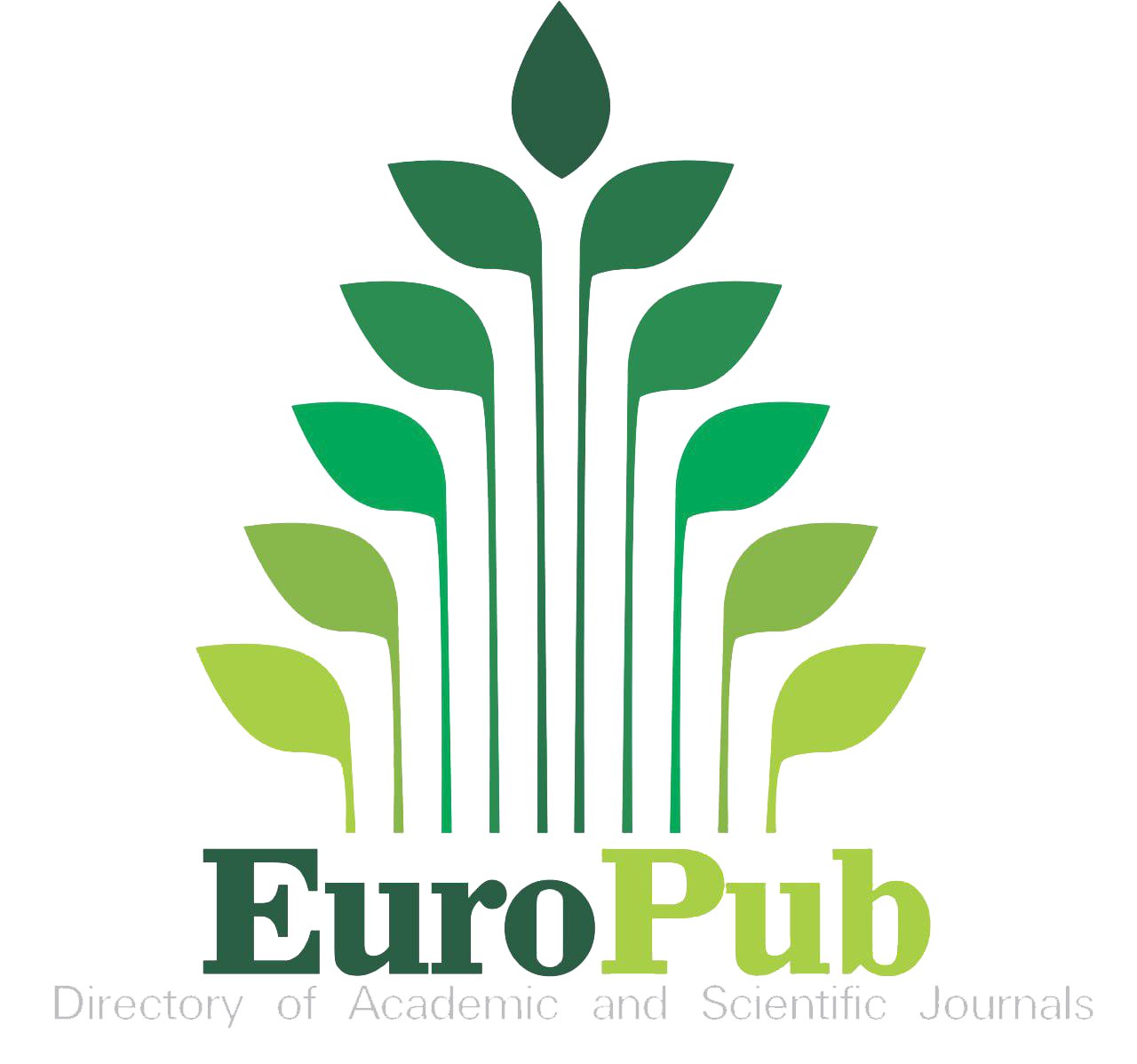Abstract
The purpose of this study was to investigate the effects of storing uncured photopolymerized dental adhesive in a magnetic field on their kinetics of polymerization and degree of conversion (DC%). Method: Vage Ortho Uv orthodontic adhesive was used in this experiment. Under constant frequency (50Hz), the applied magnetic field was used at two different intensities (fixed at 0.01T and 0.05T) for 5 minutes each. Using Fourier transform infrared spectroscopy (FTIR-ATR), the degree of conversion (DC%) and polymerization kinetics were assessed. Results: There was a clear improvement in the results when compared to the control, the DC% mean tends to increase as MF increases starting at 0.05T. Conclusions: The DC% of the Vega ortho Uv assessed orthodontic adhesive is influenced by the MF. Uncured orthodontic adhesive that has been exposed to MF for five minutes improves the changed bond angles or causes bond elongations, both of which would cause molecular deformation.
Recommended Citation
Al hauly, Saud khalil; Ahmed, Mazin; and Al Qassar, Sarmad S. S.
(2023)
"Impact of Orthodontic Adhesive Magnets on Degree of Conversion and the kinetics of polymerization,"
Al-Bahir: Vol. 3:
Iss.
2, Article 2.
Available at: https://doi.org/10.55810/2313-0083.1041
References
1. Coey J. Permanent magnet applications. Journal of Magnetism and Magnetic Materials. 2002;248(3):441-56.
2. Islas R, Heine T, Merino G. The induced magnetic field. Accounts of Chemical Research. 2012;45(2):215-28.
3. Kimura T. Study on the effect of magnetic fields on polymeric materials and its application. Polymer Journal. 2003;35(11):823-43.
4. Van Vleck JH. The theory of electric and magnetic susceptibilities: Oxford University Press; 1965.
5. Weiss A, Witte H. Magnetochemie: Grundlagen und Anwendungen: Verlag Chemie; 1973.
6. Silverman E, Cohen M, Gianelly AA, Dietz VS. A universal direct bonding system for both metal and plastic brackets. American journal of orthodontics. 1972;62(3):236-44.
7. Weisser J. A successful method for bonding stainless steel brackets and auxiliaries. Journal of clinical orthodontics: JCO. 1973;7(10):637-45.
8. Trimpeneers L, Verbeeck RH, Dermaut L, Moors M. Comparative shear bond strength of some orthodontic bonding resins to enamel. The European Journal of Orthodontics. 1996;18(1):89-95.
9. Graf I, Jacobi BE. Bond Strength of Various Fluoride-Releasing Orthodontic Bonding Systems Experimental Study: Experimental Study. Journal of Orofacial Orthopedics/Fortschritte der Kieferorthopädie. 2000;61:191-8.
10. Meniga A, Tarle Z, Ristic M, Sutalo J, Pichler G. Pulsed blue laser curing of hybrid composite resins. Biomaterials. 1997;18(20):1349-54.
11. Hassan R, Aslam Khan MU, Abdullah AM, Abd Razak SI. A review on current trends of polymers in orthodontics: BPA-free and smart materials. Polymers. 2021;13(9):1409.
12. Goktas S, Goktas A. A comparative study on recent progress in efficient ZnO based nanocomposite and heterojunction photocatalysts: A review. Journal of Alloys and Compounds. 2021;863:158734.
13. Goktas A, Aslan E, Arslan F, Kilic A. Characterization of multifunctional solution-processed Sn1-xZnxS nanostructured thin films for photosensitivity and photocatalytic applications. Optical Materials. 2022;133:112984.
14. Xu T, Li X, Wang H, Zheng G, Yu G, Wang H, et al. Polymerization shrinkage kinetics and degree of conversion of resin composites. Journal of Oral Science. 2020;62(3):275-80.
15. Silikas N, Eliades G, Watts D. Light intensity effects on resin-composite degree of conversion and shrinkage strain. Dental Materials. 2000;16(4):292-6.
16. Stansbury J, Dickens SH. Determination of double bond conversion in dental resins by near infrared spectroscopy. Dental Materials. 2001;17(1):71-9.
17. Baroudi K, Saleh AM, Silikas N, Watts DC. Shrinkage behaviour of flowable resin-composites related to conversion and filler-fraction. journal of dentistry. 2007;35(8):651-5.
18. Chen M-H, Chen C-R, Hsu S-H, Sun S-P, Su W-F. Low shrinkage light curable nanocomposite for dental restorative material. Dental Materials. 2006;22(2):138-45.
19. Reis AF, Vestphal M, AMARAL RCd, Rodrigues JA, Roulet J-F, Roscoe MG. Efficiency of polymerization of bulk-fill composite resins: a systematic review. Brazilian oral research. 2017;31.
20. Jöhnck M, Müller L, Neyer A, Hofstraat J. Quantitative determination of unsaturation in photocured halogenated acrylates and methacrylates by FT-IR and Raman-spectroscopy and by thermal analysis. Polymer. 1999;40(13):3631-9.
21. Sideridou I, Tserki V, Papanastasiou G. Effect of chemical structure on degree of conversion in light-cured dimethacrylate-based dental resins. Biomaterials. 2002;23(8):1819-29.
22. El-Damanhoury H, Platt J. Polymerization shrinkage stress kinetics and related properties of bulk-fill resin composites. Operative dentistry. 2014;39(4):374-82.
23. Walleczek J. Magnetokinetic effects on radical pairs: A paradigm for magnetic field interactions with biological systems at lower than thermal energy. ACS Publications; 1995.
24. Decker C. The use of UV irradiation in polymerization. Polymer International. 1998;45(2):133-41.
25. Al Qassar SSS, Taqa AA, Mohiaalden HK. Can the Static Magnetic Field Improve Orthodontic Adhesive Polymerization? Journal of International Dental and Medical Research. 2021;14(1):67-73.
26. Wang Y, Xing Z, Huang Y, Guo W, Kang J, Wang H, et al. Effect of pulse magnetic field treatment on the hardness of 20Cr2Ni4A steel. Journal of Magnetism and Magnetic Materials. 2021;538:168248.
27. Miekos E, Cichomski M. Zieli nski, M. Klepka, T. 2017.
28. Tonetto MR, Pinto SCS, Rastelli AdNS, Borges AH, Saad JRC, Pedro FLM, et al. Degree of conversion of polymer-matrix composite assessed by FTIR analysis. Journal of Contemporary Dental Practice. 2013:76-9.
29. Üşümez S, Büyükyilmaz T, Karaman Aİ, Gündüz B. Degree of conversion of two lingual retainer adhesives cured with different light sources. European Journal of Orthodontics. 2005;27(2):173-9.
30. Ferracane J, Greener E. The effect of resin formulation on the degree of conversion and mechanical properties of dental restorative resins. Journal of biomedical materials research. 1986;20(1):121-31.
31. Christianen P, Shklyarevskiy I, Boamfa M, Maan J. Alignment of molecular materials in high magnetic fields. Physica B: Condensed Matter. 2004;346:255-61.
32. Rodin YP. Static magnetic fields and physical-mechanical properties of polymers. A review. Mechanics of composite materials. 1991;27(3):331-41.
33. Yamato M, Kimura T. Magnetic processing of diamagnetic materials. Polymers. 2020;12(7):1491.
34. Aoki H, Yamato M, Kimura T. Magnetic alignment of poly (carbonate). Chemistry letters. 2001;30(11):1140-1.
35. Naga N, Saito Y, Noguchi K, Takahashi K, Watanabe K, Yamato M. Magnetic-field-induced alignment of syndiotactic polystyrene. Polymer Journal. 2016;48(6):709-14.
36. Steiner UE, Ulrich T. Magnetic field effects in chemical kinetics and related phenomena. Chemical Reviews. 1989;89(1):51-147.
37. Turro NJ, Kraeutler B. Magnetic field and magnetic isotope effects in organic photochemical reactions. A novel probe of reaction mechanisms and a method for enrichment of magnetic isotopes. Accounts of Chemical Research. 1980;13(10):369-77.
38. Salikhov KM, Molin YN, Sagdeev R, Buchachenko A. Spin polarization and magnetic effects in radical reactions. 1984.
39. Zarbali M, Göktaş A, Mutlu I, Kazan S, Şale A, Mikailzade F. Structure and Magnetic Properties of La 0.66 Sr 0.33 MnO 3 Thin Films Derived Using Sol-Gel Technique. Journal of superconductivity and novel magnetism. 2012;25:2767-70.
40. Morgunov RB. Spin micromechanics in the physics of plasticity. Physics-Uspekhi. 2004;47(2):125.
41. Turro NJ, Chow MF. Mechanism of thermolysis of endoperoxides of aromatic compounds. Activation parameters, magnetic field, and magnetic isotope effects. Journal of the American Chemical Society. 1981;103(24):7218-24.
















Indexed in: